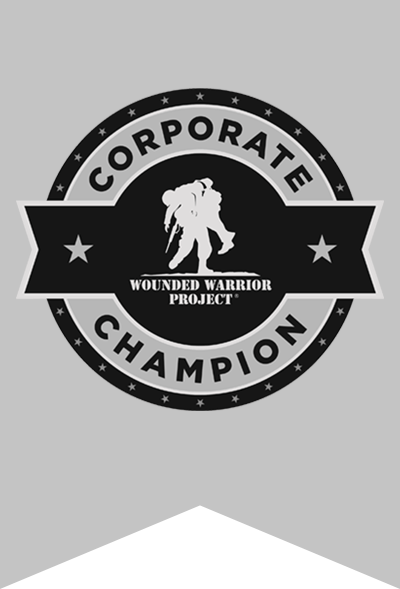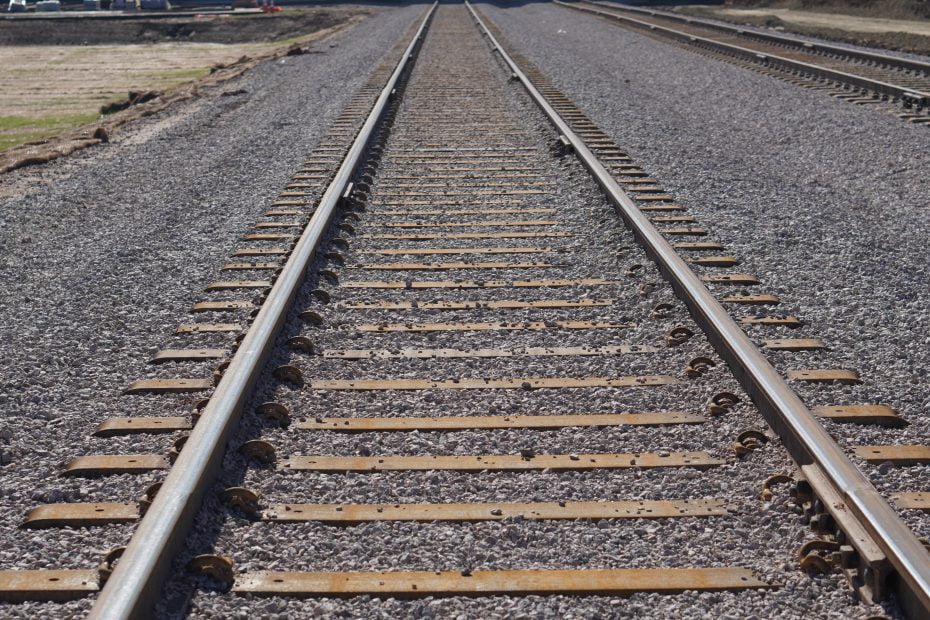Railway turnouts are an important railway component that not many people know about. They are responsible for routing trains onto the correct track and play a huge role in keeping railway traffic safe.
In this article, we will explore what railway turnouts are and discuss any safety information to keep in mind when working with them. We hope this article provides you with a better understanding of railway turnouts and helps you feel more confident when discussing them with your peers!
The Function of a Railway Turnout
Railway turnouts are essential for switching trains from one track to another. A turnout is a movable piece of track that allows a train to change direction without stopping.
There are different types of turnouts, each with its own set of components. Knowing how to identify the different parts of a turnout and how they work is essential for railway contractors.
The Different Types of Railway Turnouts
The two most common types of railway turnouts are switches and crossings. Switches allow trains to move between parallel tracks, while crossings allow trains to cross from one track to another. Each type of turnout has its own set of components, which we will describe more fully in the next section. Other types of turnouts include the following:
- A split turnout is a type of railway turnout that allows trains to change tracks without stopping. It is composed of two movable rails, known as points, which are controlled by a switch. When the switch is set to the “normal” position, the points will direct the train onto the desired track. When the switch is set to the “reverse” position, the points will direct the train onto the alternate track.
- A Double-curve turnout is a type of railroad switch that allows trains to change tracks at a curve.
- A run-over type turnout is a railway switch that allows trains to change tracks.
- A diamond crossing is a type of railway switch, or junction, where two railway lines intersect.
- A scissors crossing is a type of railroad crossing in which the rails are at an angle of about 45 degrees to each other, forming a V. The arms of the scissors are the two crossing tracks.
Components of a Turnout
The main component of a switch is the switch stand, which is located at the end of the switch. The switch stand contains the switch points, which control the direction the train will take. The switch points are controlled by the switchman, who can move them manually or remotely using a switch key.
The main component of a crossing is the crossing gate, which is located at the entrance to the crossover. The crossing gate contains the crossing arms, which prevent trains from entering the crossover until it is fully open. The crossing arms are operated by the crossing guard, who can open them manually or remotely using a crossing key.
Knowing Left from Right
Railway turnouts are used to control the direction a train takes, and that’s where the distinction of right-hand turnout vs. left-hand turnout comes into play.
Right-hand railway turnouts are used when trains need to switch from one track to another track that is on their right. Left-hand railway turnouts are used when trains need to switch from one track to another track that is on their left.
The distinctions are simple enough but crucial to get correct. They help engineers keep trains traveling on the right pathways. This prevents accidents from occurring.
Turnout vs. Switch
Many hear the function of the turnout and tend to use it synonymously with a switch, but there is a subtle difference. A railway turnout is a movable piece of track that allows a train to change direction without stopping. A switch is a mechanism that controls the points (or rails) on a railway turnout. The distinction between railway turnouts and switches is important to understand, as it can impact how railway traffic is routed.
Railway turnouts are vital to railway infrastructure, playing an important role in the safe distribution of cargo and people. There are different types of railway turnouts, each with its own unique set of components.
At American Track, we design and manufacture railway turnouts for customers all around the world. We understand the importance of safety and are here to help your company in any way that we can, from construction to maintenance and repair. Give us a call or contact us online today if we can be of service in any way.


